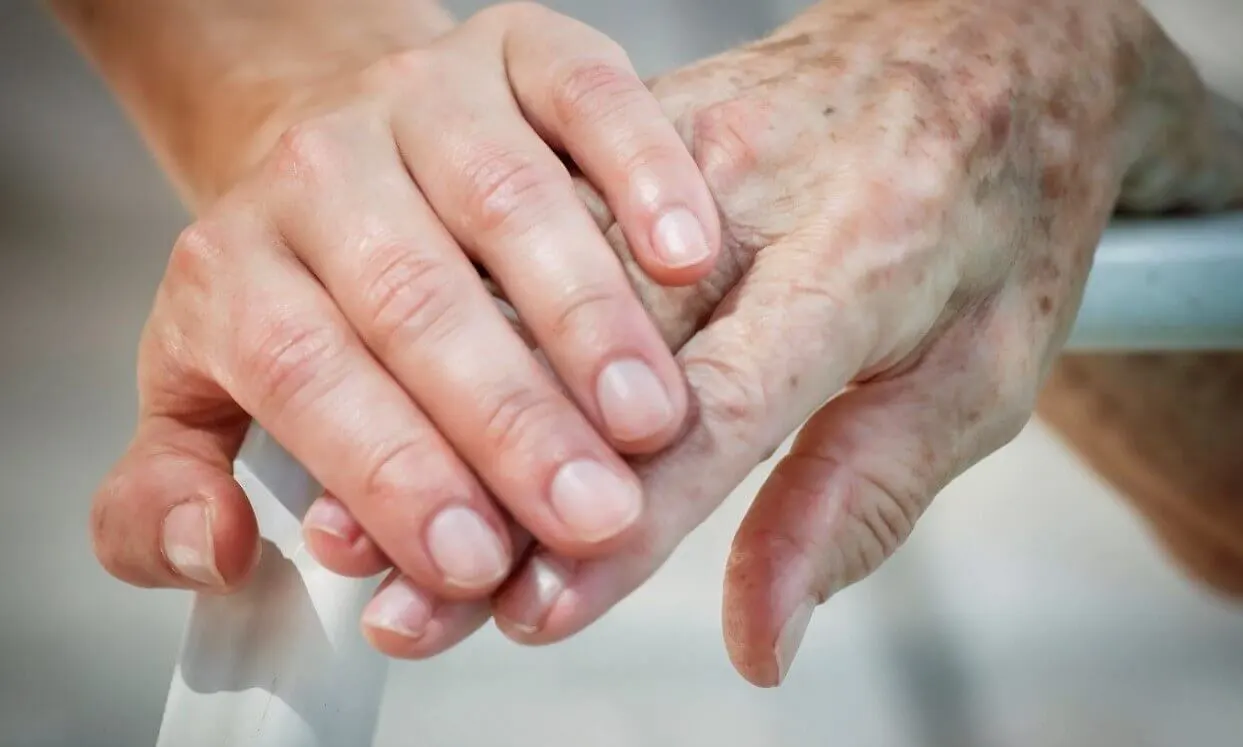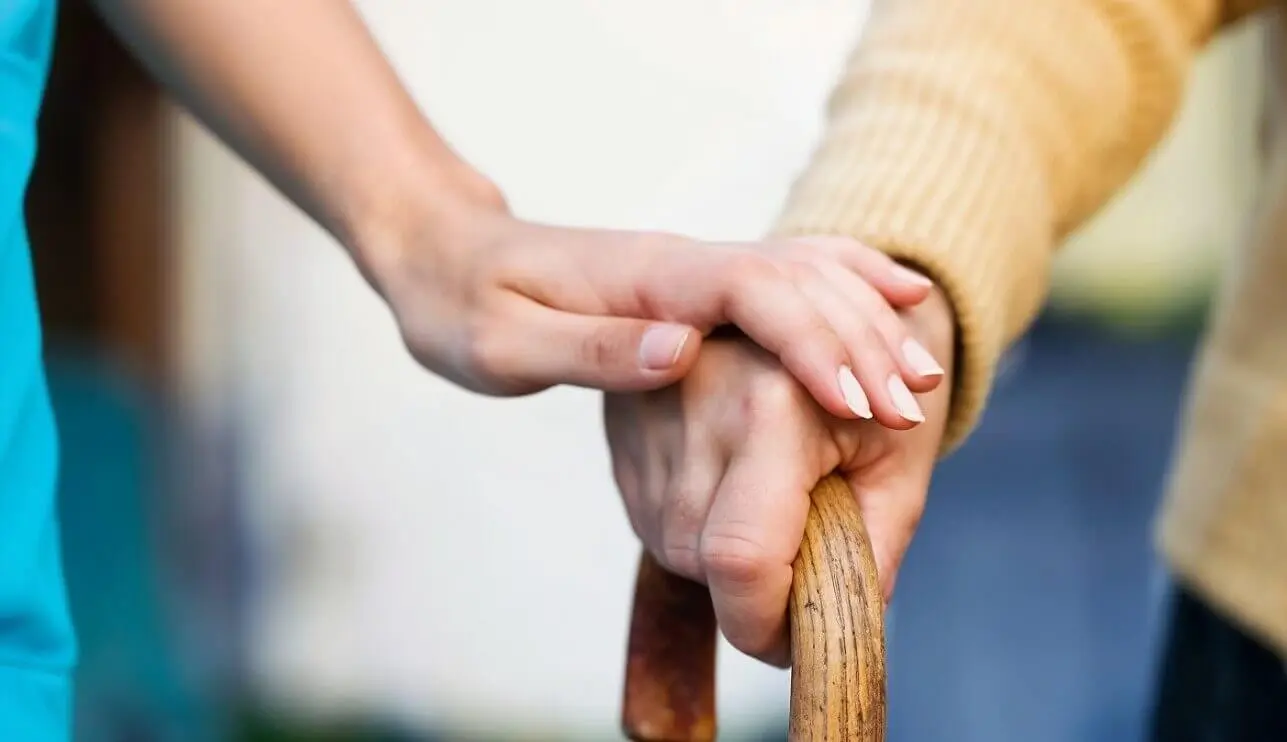Make Fun Holiday Games for the Family
Planning enjoyable holiday activities for the old and the young can be challenging. This article shares ideas for fun holiday games for the family. Especially those receiving hospice or palliative care. It also suggests ways to create lasting holiday memories for everyone, wherever you may be celebrating.
Highlights
- When planning holiday activities for different age groups, it’s important to consider their specific needs, preferences, and abilities.
- Some examples of holiday activities suitable for all ages include decorating, playing games, and watching movies.
- We take pictures, write cards, and make crafts during the holidays to remember the fun times.
- Celebrate the holidays with people of all ages and have fun. It can improve everyone’s physical, mental, and emotional well-being.
Ensuring Joyful Holiday Fun for Family.
How can we ensure everyone feels included and has good holiday fun for the family? We spend time with our loved ones and make memories, but planning enjoyable activities for people of all ages can be tough.
Companion Home Care Valley View Hospice Caregivers
If you or a loved one is receiving hospice or palliative care, you might encounter extra challenges when celebrating the holidays. Hospice and palliative care are special types of care that aim to improve the lives of people with severe or life-limiting illnesses. Companion Home Care Valley View Hospice provides medical, emotional, and spiritual support to patients and their families.
Hospice Caregivers Provide Emotional Support For Patients
If you or a loved one is receiving hospice or palliative care, celebrating the holidays may be more challenging. These specialized care types aim to improve people’s lives with severe or life-limiting illnesses. They provide medical, emotional, and spiritual support to patients and their families.
Stay in a Good Mood and Social Connected
You can still have fun and celebrate the holidays at any age. Doing these things can benefit your physical, mental, and emotional health. Research shows that having fun can reduce stress, boost your immune system, improve your mood, and help you think better. Celebrating the holidays can also help you make stronger social connections, feel like you belong, and grow spiritually.
Prepare Your Ideas Upfront
Tips and ideas will be shared in this article for planning holiday activities that are enjoyable for people of all ages and health conditions. The aim is to create lasting memories whether you’re celebrating at home, in a hospice facility, or elsewhere.
How to Plan Holiday Fun for Kids and Adults
When planning activities for holiday fun for kids and adults, it’s important to think about what both groups need and like. You need to ensure the activities are right for everyone and that everyone can join in safely and have a good time. Here are some things to consider when choosing holiday activities for both young and old.
- Budget
You can celebrate the holidays without spending a lot of money. Enjoy low-cost or free activities like watching a holiday movie, listening to music, or finding discounts on events or products. You can also search for discounts, coupons, or deals on holiday events, attractions, or products you’re interested in.
- Location
When celebrating the holidays, consider making the location safe and comfortable for older and younger people. If you’re celebrating at home, ensure it’s clean and secure with necessary modifications. If celebrating elsewhere, choose a place with easy access, parking, and suitable facilities, and check availability and rules in advance.
- Accessibility
How easy is it for the old and young to participate in holiday fun for kids activities? Consider the old and young’s physical, mental, and emotional abilities when planning holiday activities. Avoid activities that are too physically demanding for the elderly and overwhelming for the young. Look for activities that can be adapted for different ability levels and offer options or modifications to accommodate various needs and preferences.
- Safety
Remember to prioritize safety for holiday activities for the old and the young. Avoid activities with potential risks like fire, sharp objects, or allergens. Also, steer clear of alcohol, drugs, or violence for the young. Look for supervised and regulated activities with trained staff, certified instructors, or licensed professionals.
Decorating the House or the Hospice Room
- Decorating the house or the hospice room can create a festive atmosphere and stimulate the senses of both the old and the young. You can use colors, lights, sounds, smells, and textures to make the place more cheerful and cozy. You can also use decorations that reflect your cultural, religious, or personal traditions and values.
- Decorating the house or the hospice room can be straightforward. You can use simple, inexpensive, and eco-friendly materials to make your decorations. For example, you can use paper, cardboard, fabric, or recycled items to make ornaments, wreaths, or garlands. You can also use natural materials, such as pine cones, leaves, or flowers, to add freshness and beauty to the place.
- Decorating the house or the hospice room can be a fun and collaborative activity for the old and the young. You can involve both groups in decorating according to their abilities and preferences. For example, you can ask the seniors to share their stories, memories, or tips on decorating. You can also ask the young to help cut, glue or hang the decorations. You can also let both groups choose their favorite decorations or themes for the place.
Playing Holiday Fun Games for the Family or Doing Puzzles
- Playing games or doing puzzles can enhance the cognitive, social, and emotional skills of the old and the young. Games or puzzles can challenge your brain, improve memory, increase concentration, and stimulate creativity. You can also use games or puzzles to interact with others, communicate your thoughts, express your feelings, and have fun.
- Playing games or doing puzzles can be simple. You can choose games or puzzles appropriate for the old and the young according to their difficulty level, theme, and duration. For example, you can select games or puzzles that are easy, medium, or hard, depending on the skills and interests of both groups. You can also choose games or puzzles related to the holidays, such as Christmas, Hanukkah, or New Year. You can also select games or puzzles that are short, medium, or long, depending on the time and energy of both groups.
- Playing games or doing puzzles can be a fun and cooperative activity for the old and the young. You can involve both groups in the game or puzzle according to their roles and preferences. For example, you can ask the old to be the leaders, mentors, or judges of the game or puzzle. You can also ask the young to be the helpers, learners, or challengers of the game or puzzle. You can also let both groups choose their favorite games or puzzles or create their games or puzzles.
Watching Movies or Listening to Music
- Watching movies or listening to music can entertain, educate, and inspire the old and the young. You can use movies or music to enjoy the holidays' stories, characters, and messages.
- Watching movies or listening to music can be unlimited and exciting. You can select movies or music suitable for the old and the young according to their genre, rating, and language. For example, you can choose films or music that are comedy, drama, or musical, depending on the mood and taste of both groups. You can also select movies or music that are family-friendly, PG, or PG-13, depending on the age and maturity of both groups. You can also choose movies or music in English, Spanish, or French, depending on the language and preference of both groups.
- Watching movies or listening to music can be a fun and interactive activity for the old and the young. You can involve both groups in the film or music according to their interests and preferences. For example, you can ask the seniors to share their opinions, insights, or experiences related to the movie or music. You can also ask the young to ask questions, make comments, or give feedback on the film or music. You can also let both groups choose their favorite movies or music or discover new ones.
These are some holiday activities you can enjoy with the old and young. However, you are not limited to these activities. You can also develop your ideas or explore other available options. The most important thing is to have fun and celebrate the holidays with the old and the young.
How to Make Holiday Fun for Kids and Adults
Taking Photos or Videos
- Taking photos or videos is a simple and effective way to capture the moments and emotions of the holidays. You can use pictures or videos to document the holiday activities, events, or people you enjoy with the old and the young. You can also use photos or videos to share the holiday experiences, stories, or messages you want to remember or communicate with the old and the young.
- Taking photos or videos does not have to be professional or perfect. You can use any device that can take photos or videos, such as a smartphone, a tablet, or a camera. You can also use any style or technique to make your photos or videos more precise, creative, or meaningful, such as filters, stickers, or captions.
- Taking photos or videos can be fun and personal for the old and the young. You can involve both groups in the photo or video according to their poses and preferences. For example, you can ask the senior to smile, wave, or hug the young. You can also ask the young to make faces, jump, or dance with the old. You can also let both groups choose their favorite photos or videos or take selfies or groupies with each other.
Writing Cards or Letters
- Writing cards or letters is a classic and heartfelt way to express the feelings and thoughts of the holidays. You can use cards or letters to convey the gratitude, appreciation, or love you have for the old and the young. You can also use cards or letters to wish the happiness, health, or peace you hope for the old and the young.
- Writing cards or letters can be informal and brief. You can use any paper, card, or envelope you have or can find, such as a notebook, a postcard, or a recycled item.You can also use any language, tone, or style that can make your cards or letters more personal, heartfelt, or sincere, such as your native language, a friendly tone, or a handwritten style.
- Writing cards or letters can be a fun and meaningful activity for the old and the young. You can involve both groups in the card or letter according to their words and preferences. For example, you can ask the seniors to write their names, signatures, or messages on the card or letter. You can also ask the young to draw pictures, symbols, or stickers on the card or letter. You can also let both groups choose their favorite cards or letters or exchange them with each other.
Making Crafts or Gifts
- Making crafts or gifts is a creative and thoughtful way to show the appreciation and gratitude of the holidays. You can use crafts or gifts to demonstrate the skills, talents, or hobbies that you have or can learn with both the old and the young. You can also use crafts or gifts to personalize, customize, or symbolize the relationship, connection, or bond you share with the old and the young.
- Making crafts or gifts can be simple and inexpensive. Use simple, practical, and meaningful materials to make crafts or gifts. For example, you can use clay, wood, or metal to make ornaments, bookmarks, or magnets. You can also use yarn, fabric, or beads to make scarves, hats, or bracelets. You can also use photos, cards, or letters to make collages, albums, or frames.
- Making crafts or gifts can be fun and rewarding for the old and the young. You can involve both groups in the craft or gift according to their abilities and preferences. For example, you can ask the old to teach, guide, or assist the young in making a craft or gift. You can also ask the young to help, learn, or improve the old in making the craft or gift. You can also let both groups choose their favorite crafts or gifts or give crafts or gifts to each other.
These are ways to make holiday memories for the old and the young. However, you can use these methods. You can also use other methods or tools that are available or accessible to you, such as online platforms, digital devices, or social media. The most important thing is to create and preserve holiday memories that will last for years.







